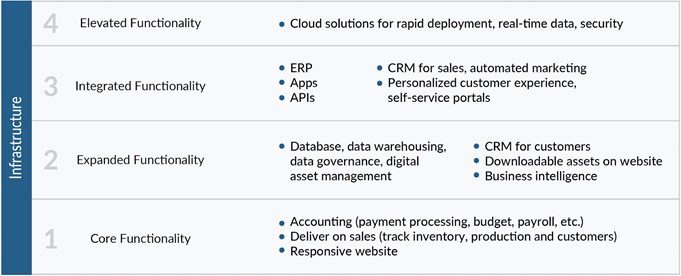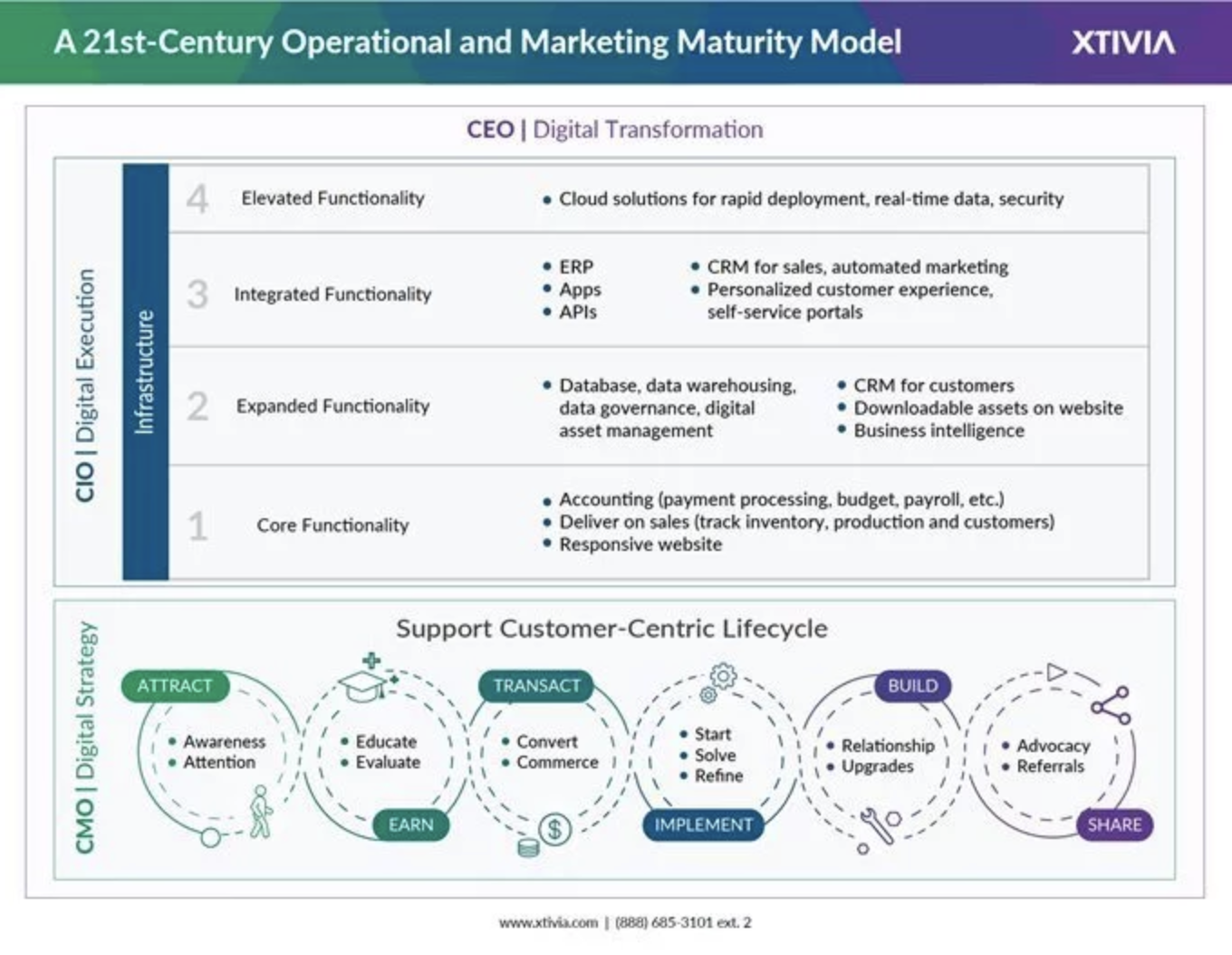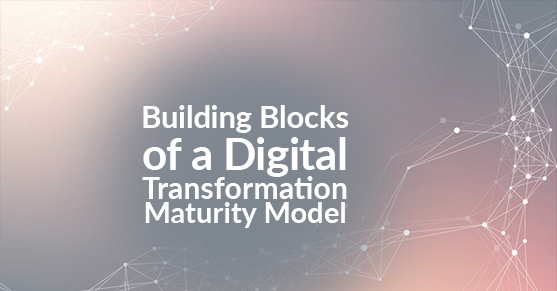2019 saw the solidification of certain trends, some of which have been in the works for a few years now, but which combined, are pushing businesses to embark on digital transformation journeys.
3 Business Trends Pushing the Digital Transformation Mandate
Everything Is an Experience
Whether you’re talking customer experience, user experience, digital experience, brand experience, employee experience, content experience, transactional experience or basically anything else related to business, it’s all about making the intangible tangible. Everything is an experience. Every experience sets the bar for the next experience for individuals, whether they are customers, users, employees, leaders, readers, etc. The last “experience” determines how streamlined yours needs to be for each of your audiences. That means household brands are setting the pace for how your brand will be perceived at the experiential level.
Takeaway: Your brand is only as good as the experience you deliver — consistently, across channels, from customer acquisition through post-transaction engagement. Streamlined, integrated, “invisible” technology is no longer optional.
Customers Are Savvy
Potential customers are consumers of information, and they are becoming increasingly savvy about finding and using content to make buying decisions. From online research to reviews, social proof, and self-service education, your buying audience is more informed than ever. The net effect is that face-to-face in-person sales are deferring to digitally-enabled sales. Your content must answer the questions they are asking about your solution. Education, marketing and selling need to be available online at customers’ convenience. All of this activity is predicated on actionable insights from your data.
Takeaway: Customers are more sophisticated, relying on their own research to identify potential solutions. You need a content strategy in place that considers customer preferences and behaviors, which means you need analytics on the data you collect, store and manage. Your online presence and thoughtfully-designed experience must convey trust, transparency, and efficiency to initiate a selling conversation — when and how your potential customers want it.
Invisible Technology Is the Standard
The Internet of Things (IoT) and smart technology are changing the enterprise; everything is interconnected. Customers — and employees, partners and more — expect the entire range of functionality to be invisible and safe. Their personal data should be held sacred without question. Your audiences should be able to access what they need when they want it via the device of their choice for optimal value. Everything should just work.
Takeaway: Connectivity and integrated processes throughout the business lifecycle, as well as real-time data and cybersecurity, are essential elements of responsible business today. Your solutions must keep up with the pace of business and customer expectations. Apps and APIs must be part of your IT infrastructure, so your systems talk to each other effectively. You must have a solid data governance strategy, processes, and protocols in place to handle the reams of data coming through your business.
These three trends combined create the formula for your digital transformation journey.
EXPERIENCE = CONTENT + RELEVANCE + ACCESSIBILITY
_________________________________________________
INVISIBLE TECHNOLOGY
Solution: To embark on a digital transformation journey that integrates, unifies and streamlines customer and user experiences, processes, and technology — insightfully, seamlessly and invisibly.
4 Levels of Technology Evolution
Like any other dynamic organism, business is constantly evolving. Four levels of technology intersect with and weave through the customer lifecycle, and businesses need to move through all four of these levels to achieve true transformation. One thing remains true throughout: the customer remains the focus every step of the way.

1. Core Functionality
Business has traditionally run on paper and spreadsheets. The first level of operational and marketing maturity is digitizing some internal processes (like accounting, inventory management, etc.) and getting a brochure (static) website. Essentially, developing core digital infrastructure to power the brand experience for users and customers.
2. Expanded Functionality
The second level of business operational and marketing maturity focuses on siloed efficiency (e.g., production and/or inventory is digitized, the website includes consistently published blogs, a customer relationship manager is used to support sales, etc.) and expanded information on website (downloadable PDFs, FAQs, additional pages, etc.). Note that at this level, accounting may not connect with production, inventory may not link with sales, the website may not collect user information, there may be no automated marketing to personalize the buying journey.
3. Integrated Functionality
The third level of business is about modernization, platform integration, and simplification by leveraging and future-proofing technology investments — the IoT, innovations in equipment and competition driving new strategies for optimal omnichannel brand experience. Next-gen business is pushed through personalized customer relationships at scale, streamlined user experiences and self-service options (portals, quotes, etc.) to serve the customer. Brand experience is elevated through automated marketing, real-time data for predictive analytics and informed decision-making, mobile applications, and APIs ensuring invisible technology for customers and users. This is where the realization of various goals occurs: market awareness with acknowledged expertise, effective efficiency at all phases of the (buying and) customer lifecycle, 24/7 support of the IT environment.
4. Elevated Functionality
The fourth level of business uses cloud technologies, including in a hybrid model (which includes on-premises systems), for security and rapid feature deployment. Cybersecurity, data governance, master data management, and facilitated knowledge transfer are keys to “business as usual.”
Throughout all levels of business, the customer is served at every touchpoint of their lifecycle with your company.

Who Owns Digital Transformation?
Three roles are principally charged with bringing together the mandate for digital transformation: the CEO — the strategy for supporting your customer-centric lifecycle — the CMO, and the execution of technology, the CIO.
Disruption will occur from all three vantage points and all three will need to make new investments to achieve a positive outcome. What got you to your current state will not get you to your desired state. Digital transformation is the process, the investment and the commitment organizations need to undertake to remain competitive, relevant and viable.
Each leader will own a piece of the puzzle laid out above to create a coherent maturity model:

So where are you with your digital transformation journey? Let me know in the comments below — and good luck!
This post was originally published here.

